Should You Buy A 3 Or 4-Room HDB? Here Are Some Key Things To Consider Beyond Size
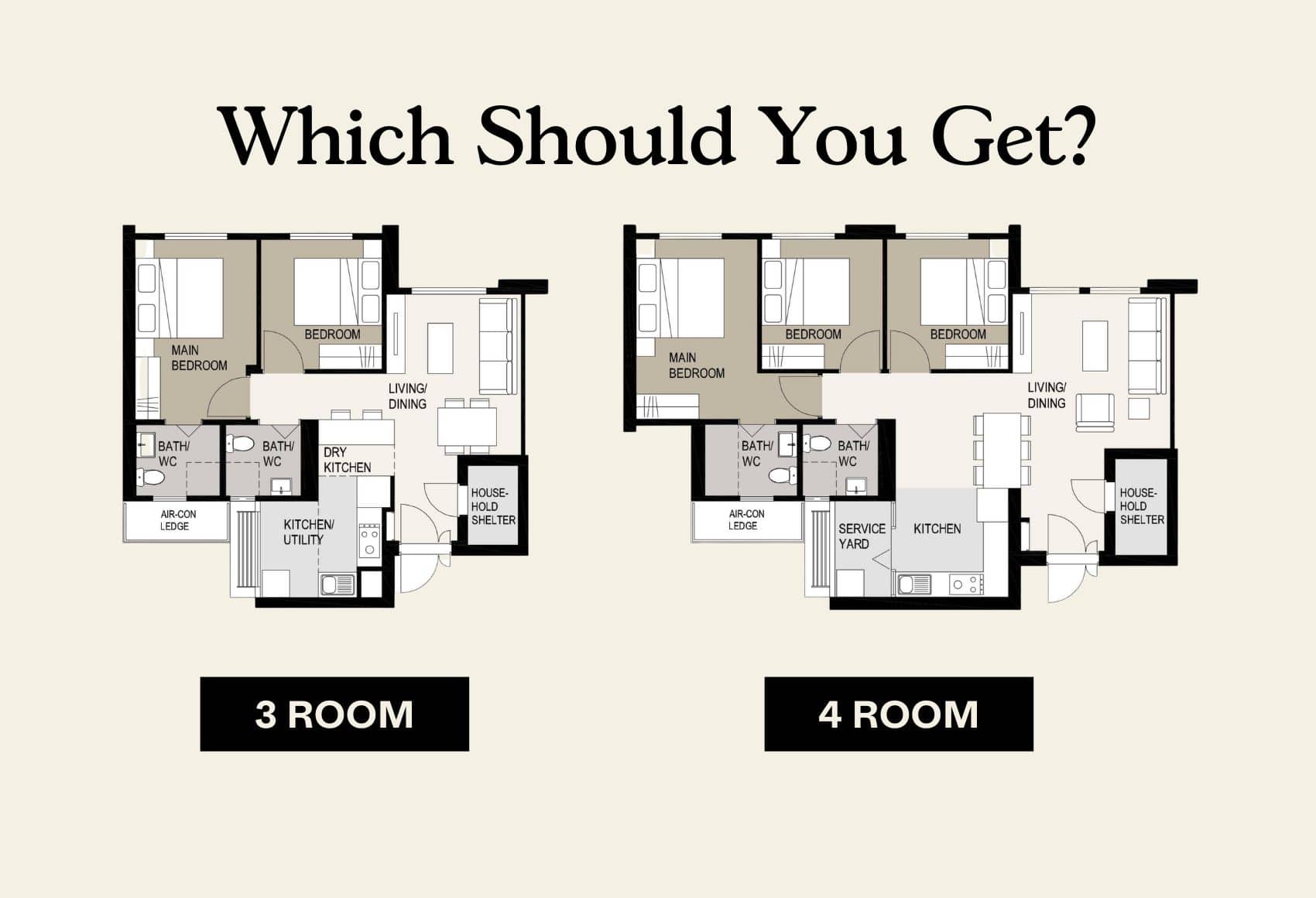
Get The Property Insights Serious Buyers Read First: Join 50,000+ readers who rely on our weekly breakdowns of Singapore’s property market.
A seasoned content strategist with over 17 years in the real estate and financial journalism sectors, Ryan has built a reputation for transforming complex industry jargon into accessible knowledge. With a track record of writing and editing for leading financial platforms and publications, Ryan's expertise has been recognised across various media outlets. His role as a former content editor for 99.co and a co-host for CNA 938's Open House programme underscores his commitment to providing valuable insights into the property market.
The most obvious difference between 3-room and 4-room flats is size: the former tends to be around 700 sq. ft., while the latter is usually around 960 sq. ft. (sometimes a bit bigger, especially for older flats). But there are considerations beyond this. So whether you’re considering it as a right-sizer or first-time home buyer, here are a few additional details to keep in mind:
First, let’s answer the main question everyone asks
That’s almost invariably the question of price. So let’s look at 3-room flats:
Over a five-year period, 3-room flats have risen by 41.2 per cent: from $410 psf to $579 psf. Given a typical size of about 700 sq. ft., this is an average quantum of $405,300.
Now onto the larger 4-room counterparts:
Over the same period, 4-room flats have appreciated from $419 psf to $598 psf. This is almost exactly the same rate of appreciation as 3-room flats, an increase of about 42.7 per cent.
This also means the average resale 4-room flat, at around 960 sq.ft., is around $574,080.
Mind you, these prices are island-wide, so they’re not reflective of hotspots like Bishan, Queenstown, Toa Payoh, etc.
Other key differences to note:
1. Differences in layout
3-room flats usually consist of two bedrooms, a kitchen, and a living area. Also note that it was only around 1982 when HDB started to build the Model A 3-room flats, which can have more than one toilet; 3-room flats built before that usually have one smaller (maybe not full-sized) toilet. In any case, there’s usually no way to fit in features like a bathtub for smaller 3-room flat toilets; this may be true even in newer ones.
There’s also a rare version of the 3-room flat called the 3-and-a-half room. One example is the 3-room Model A Modified, which is the size of a newer 4-room flat despite the name (it can be around 980 sq. ft.) Another version is the Room I Modified, which is around 740 sq. ft. These have a separate shower room and toilet, rather than combining the two into one. Room I modified is very old, dating back to the 1970s.
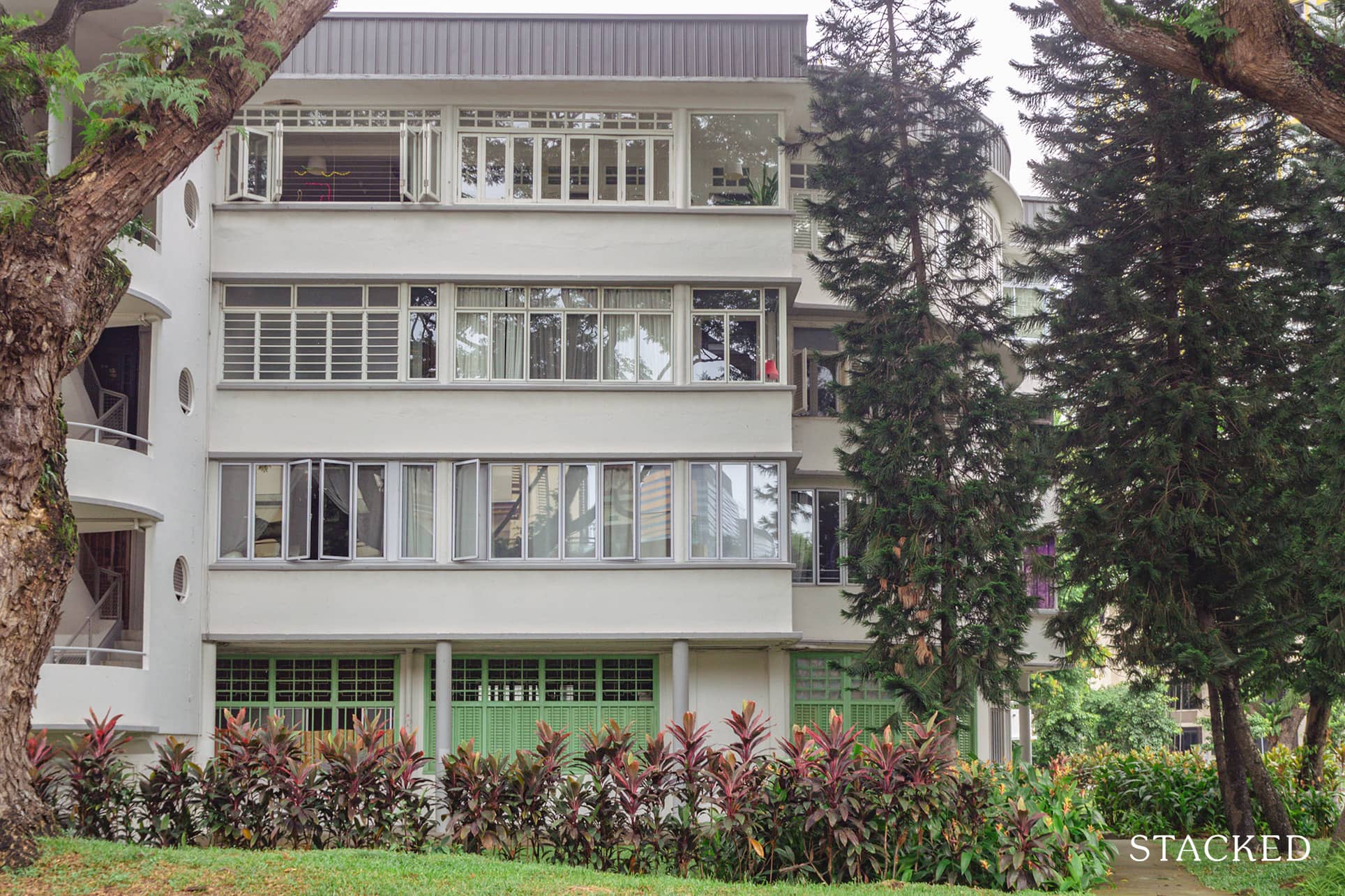
Finally, the very oldest 3-room flats – the ones built by SIT, which was HDB’s predecessor – can be significantly different. The best known are in Tiong Bahru. These flats can be much larger, usually have two toilets, and may have a yard balcony.
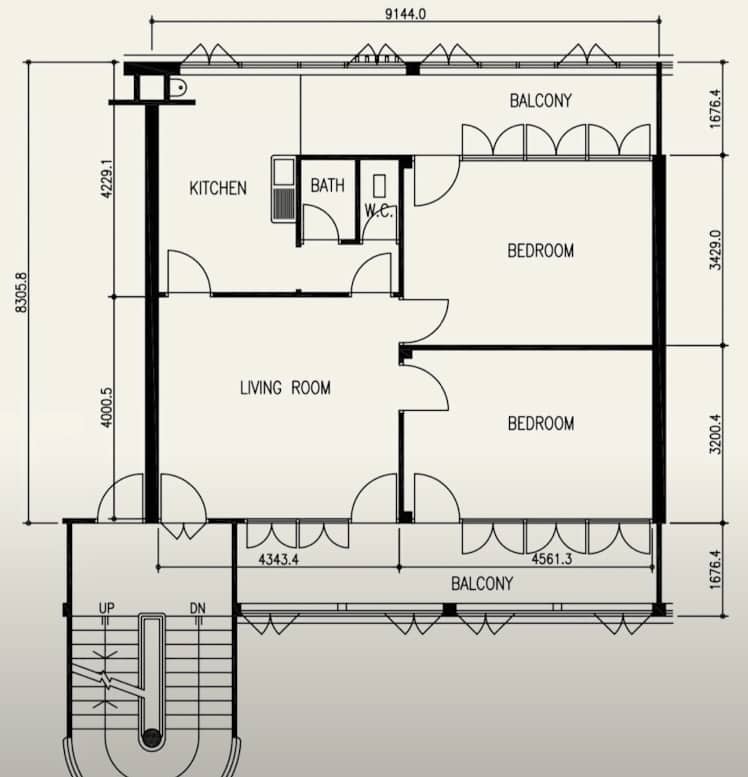
Floor plans are hard to obtain, so details are hard to find. Industry-wise, these flats are regarded as special cases and are not usually considered under the umbrella term of 3-room flats.
4-room flats typically mean three bedrooms, a living room, a kitchen, and two bathrooms (though the oldest 4-room flats, built in 1970 or before, tend to have only one bathroom). There’s also sufficient space to create one more study or guest room, but this option is rarely taken. Note that older 4-room flats can be over 1,100 sq. ft., so these may be more viable if parents or a tenant are squeezing in with you.
4-room flats tend to allow more options with the kitchen setup, and the full-size toilets may allow for features like bathtubs. The bedrooms also tend to be a bit bigger, and can sometimes accommodate additions like a walk-in wardrobe.
2. Flat availability
If you urgently need a flat, but don’t want to buy a resale unit, 3-room flats may be the go-to unit. This is because 4-room flats are the most popular home sizes, and competition is more intense when it comes to balloting. So whilst opting for a 3-room doesn’t guarantee you a flat, it greatly improves your chances.
In terms of resale availability, 4-room flats are more ubiquitous, but there’s no shortage of 3-room options. As an interesting aside, HDB actually stopped construction of 3-room flats between the 1980s and 2004, so developments within this era may lack 3-room options.
3. Recurring bills and renovation costs
Smaller flats tend to have lower conservancy fees. While this doesn’t amount to much (e.g., you may pay $65 rather than $77 a month for a 3-room versus a 4-room), it might matter to you over the long run.
There’s also a tendency for larger homes to generate higher utility bills – you will, for instance, need more power for air-conditioning for a larger flat. That said, this is more affected by your lifestyle choices than by the inherent size of the flat.
Regarding renovation, a 3-room flat is something of a trade-off. The smaller size often means spending less than a 4-room flat; but at the same time, the limited space of a 3-room layout places greater restrictions on design features. Note that for 3-room flats, almost all of the walls can’t be moved; so there are usually zero options for changes to the kitchen setup.
4. Saleability issues
From word on the ground, the current preference (as of 2024) leans toward larger units. This is true for both first-time home buyers, as well as right-sizers (who are flush with sale proceeds, and can afford larger flats). This creates a bigger potential pool of buyers for 4-room flats, as opposed to 3-room flats.
However, note that saleability doesn’t always guarantee a higher price. It can sometimes just mean you’ll get more offers sooner and can sell the unit quicker when you want to.
5. The upgrader’s perspective
If you’re a serious upgrader, and you know you’ll be moving to a condo after the five-year MOP, then a resale 3-room flat makes a lot of sense.
You don’t need to worry about the size, as you just have to tolerate it for five years. In the meantime, you’ll save a substantial amount due to the lower price point; it might even be feasible to handle a large part of your purchase in cash. This makes it more likely that you can transition to a private property when the time comes.
The reason for picking resale, by the way, is so that you don’t have to add construction time on top of the five-year MOP (the MOP countdown begins at the point of key collection, not upon flat selection).
6. The landlord’s perspective
If you intend to keep your flat and rent it out after MOP – or even if you want the option to live with a tenant (a useful last-resort measure in cash-strapped situations), the tendency is to look for a 4-room flat.
When renting out a 4-room flat, you can take on more tenants, and generate higher income. The same goes if you’re renting rooms (taking on two tenants instead of one, for example). It’s also more comfortable for all of you if there’s more room.
Ultimately, issues of location, along with lease decay and lifestyle needs, have to factor into the decision as much as living space. For more detailed help on this, reach out to us here.
Have a real estate question, or not sure what your options are? Email us at stories@stackedhomes.com.
Ryan J. Ong
A seasoned content strategist with over 17 years in the real estate and financial journalism sectors, Ryan has built a reputation for transforming complex industry jargon into accessible knowledge. With a track record of writing and editing for leading financial platforms and publications, Ryan's expertise has been recognised across various media outlets. His role as a former content editor for 99.co and a co-host for CNA 938's Open House programme underscores his commitment to providing valuable insights into the property market.Read next from Editor's Pick
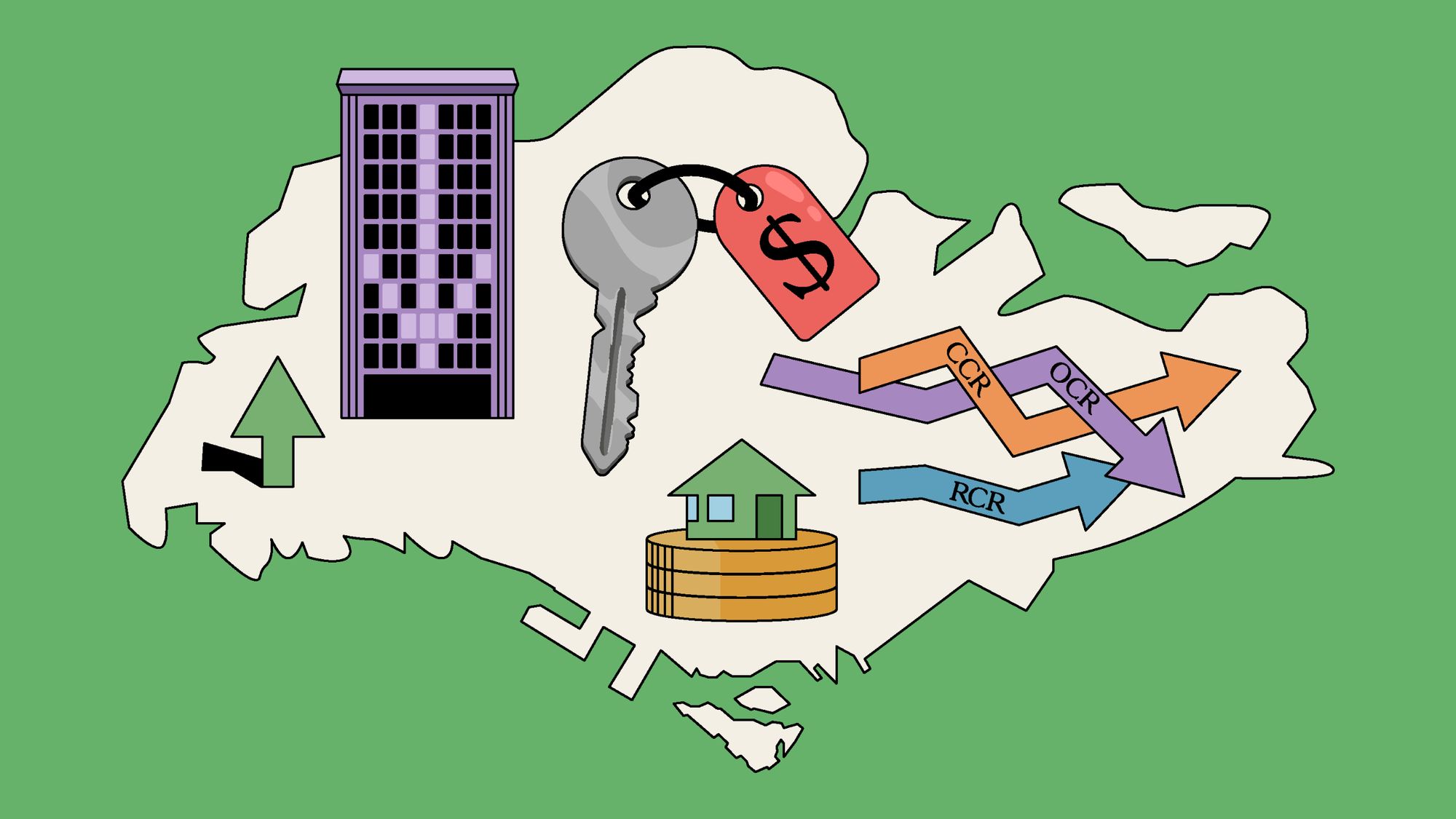
Property Market Commentary 2025 Year-End Review Of The Singapore Property Market: What The Numbers Reveal
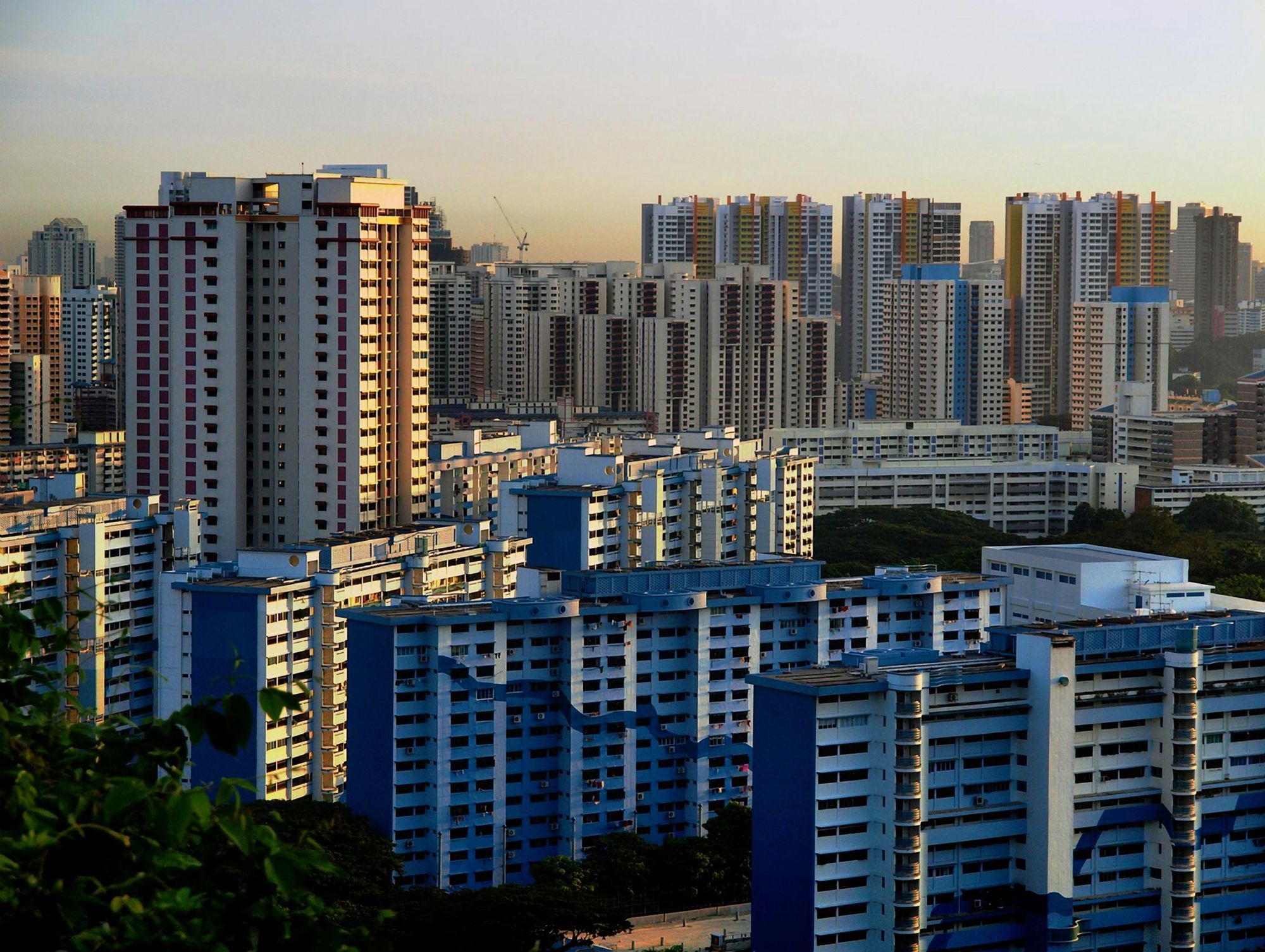
Property Market Commentary How The HDB Resale Market Performed In 2025, And What It Means For 2026 Prices

Property Market Commentary 4 Key Trends Reshaping Singapore’s New Launch Condo Market In 2026
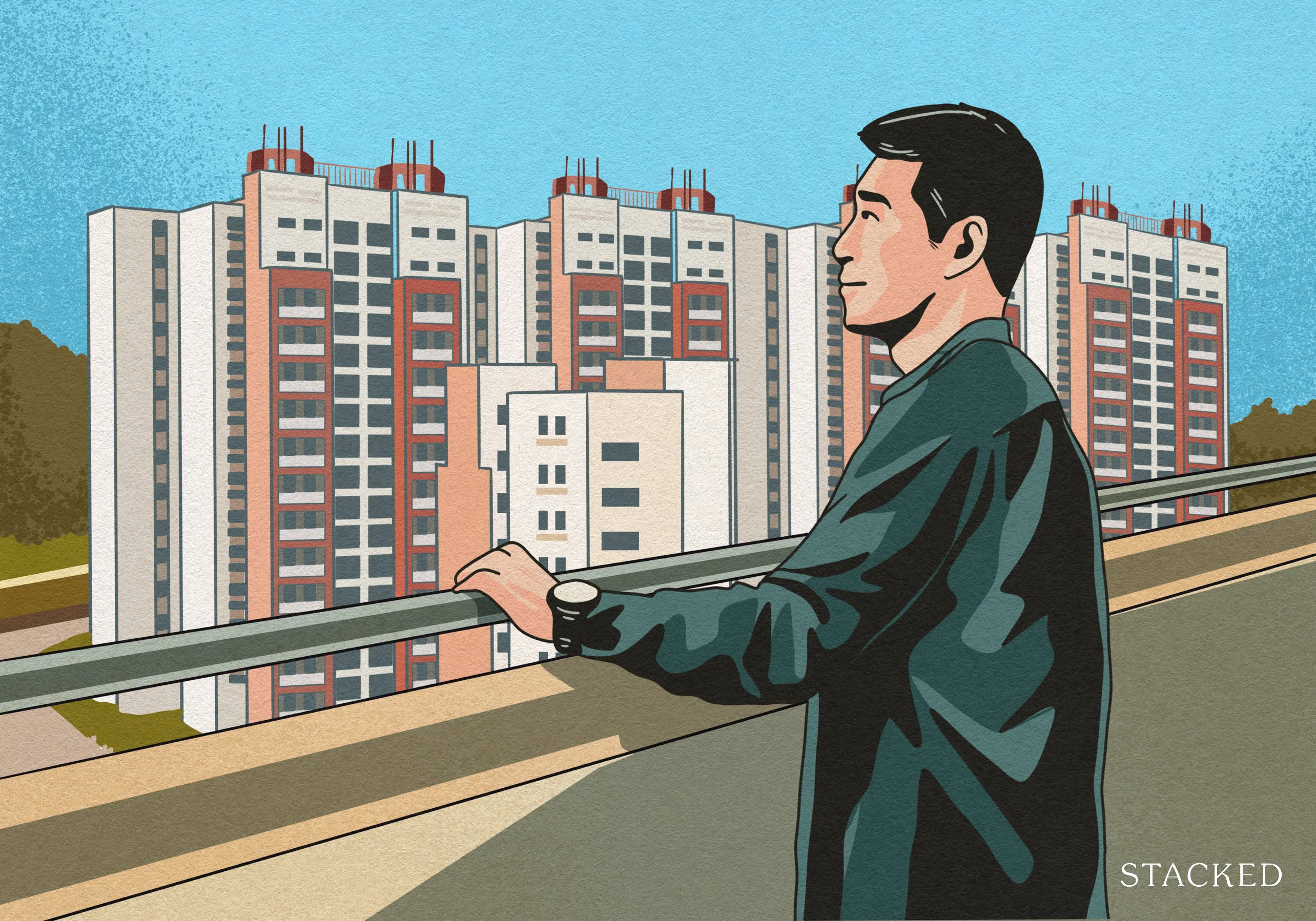
Homeowner Stories What I Only Learned After My First Year Of Homeownership In Singapore
Latest Posts
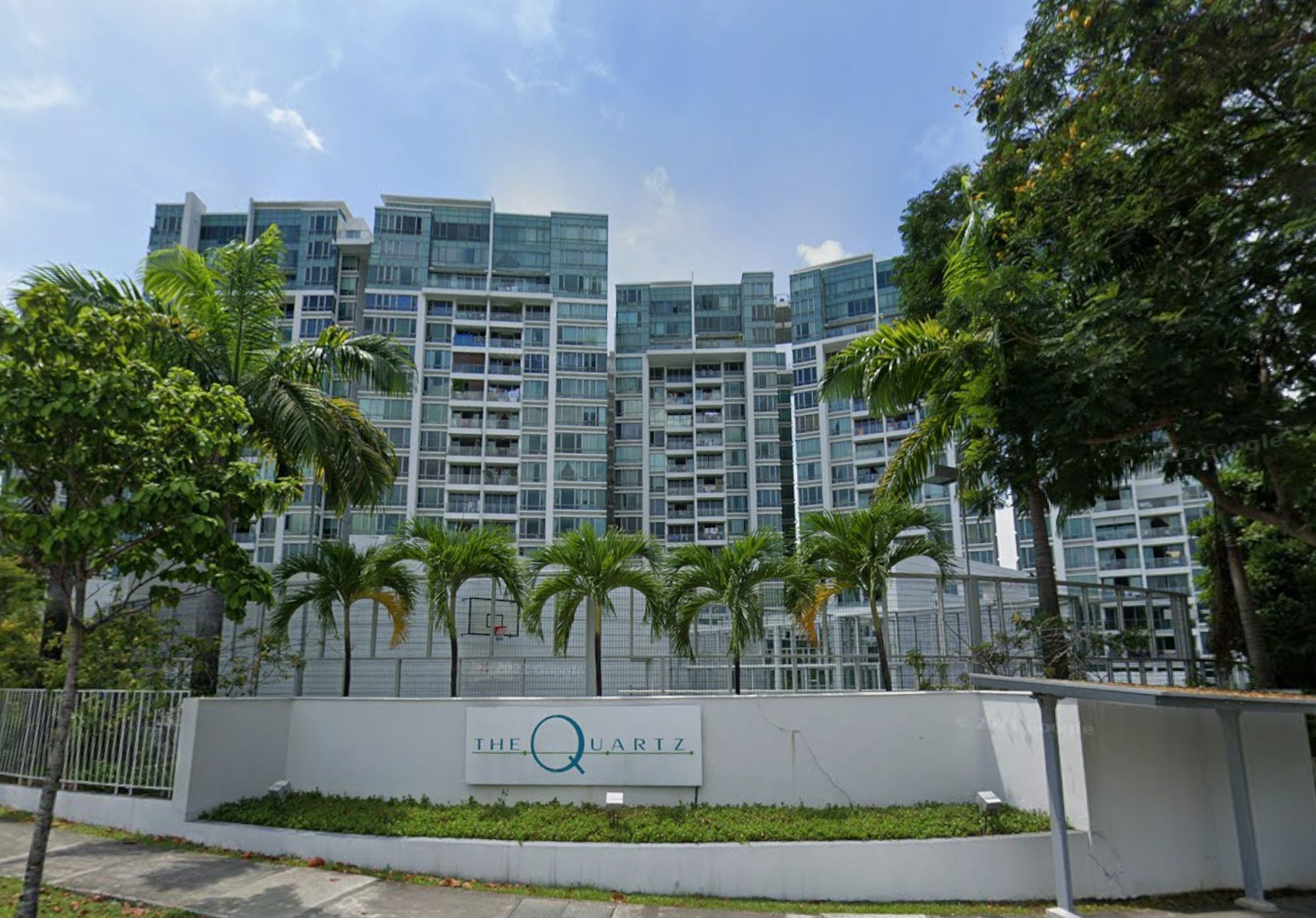
Pro How A 625-Unit Heartland Condo Launched In 2006 Became One Of 2025’s Top Performers

Property Investment Insights Does Buying A One-Bedroom Condo Still Make Sense As An Investment In 2026

Property Market Commentary Why This Once-Ulu Town In Singapore Is Going To Change (In A Big Way)
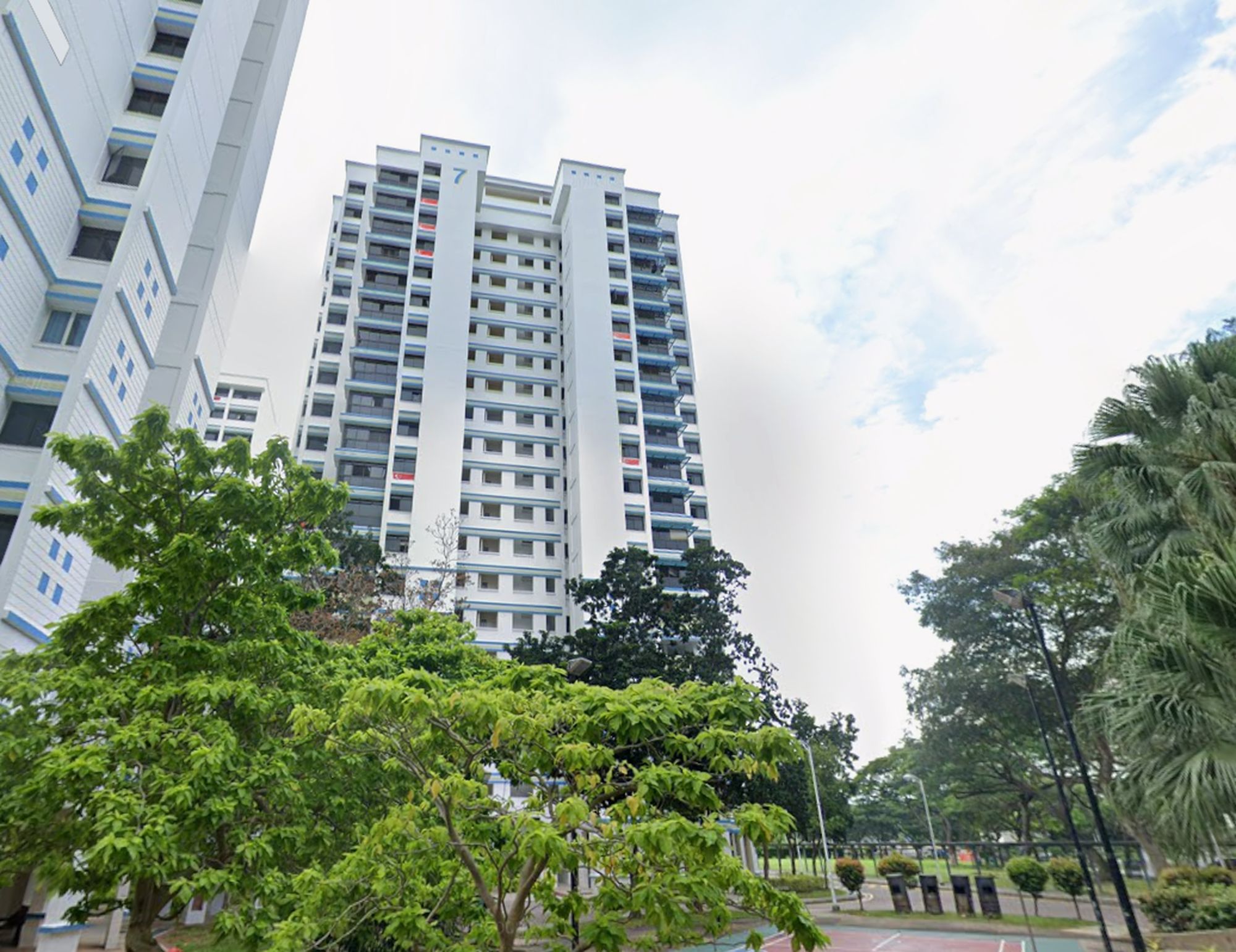
Singapore Property News This HDB Just Crossed $1.3M For The First Time — In An Unexpected Area

Singapore Property News “I Never Thought I’d Be Sued by a Tenant.” What Long-Time Landlords in Singapore Miss
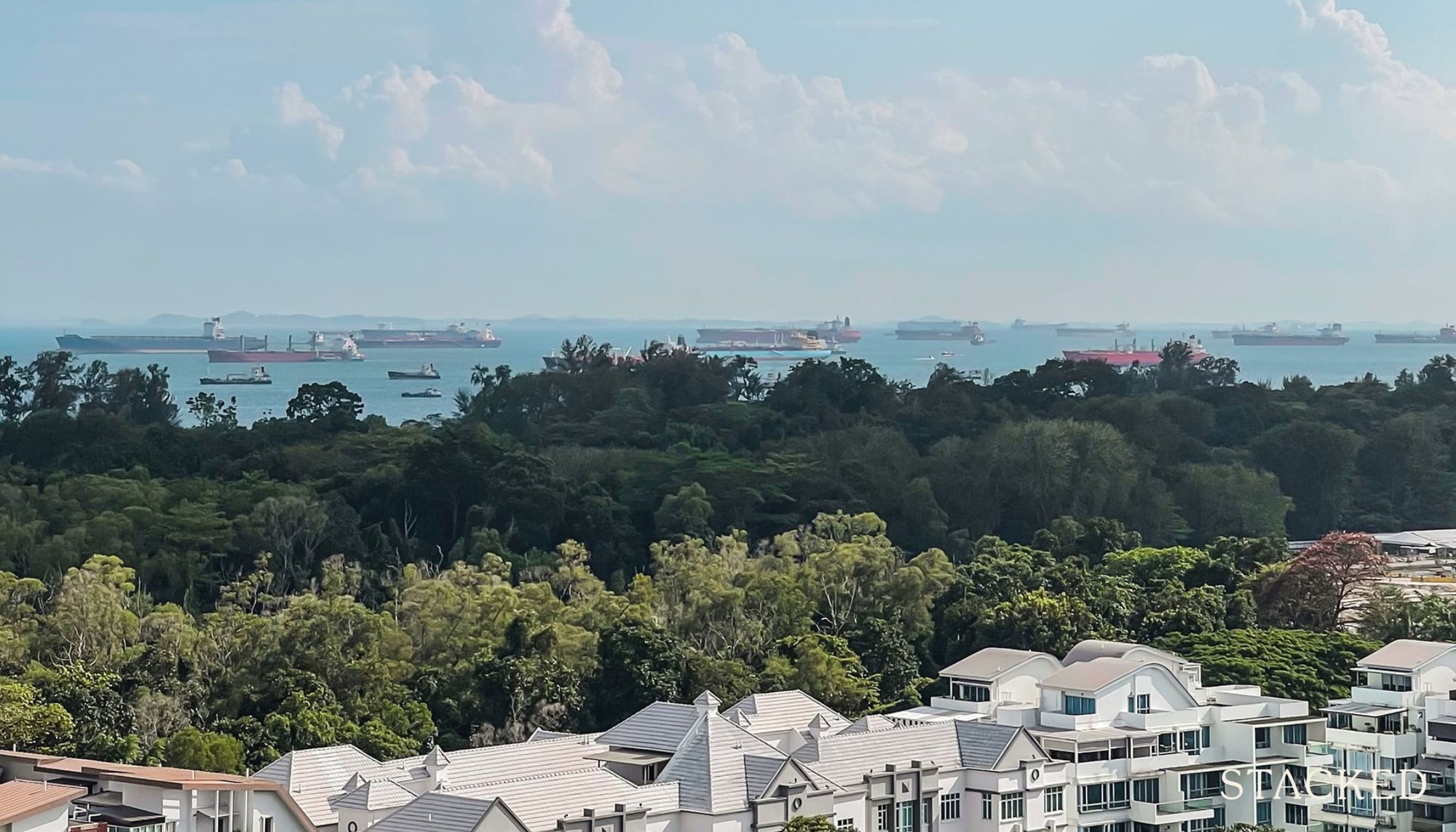
Property Market Commentary I Lived In Bayshore When It Was ‘Ulu’. Here’s How Much It Has Changed
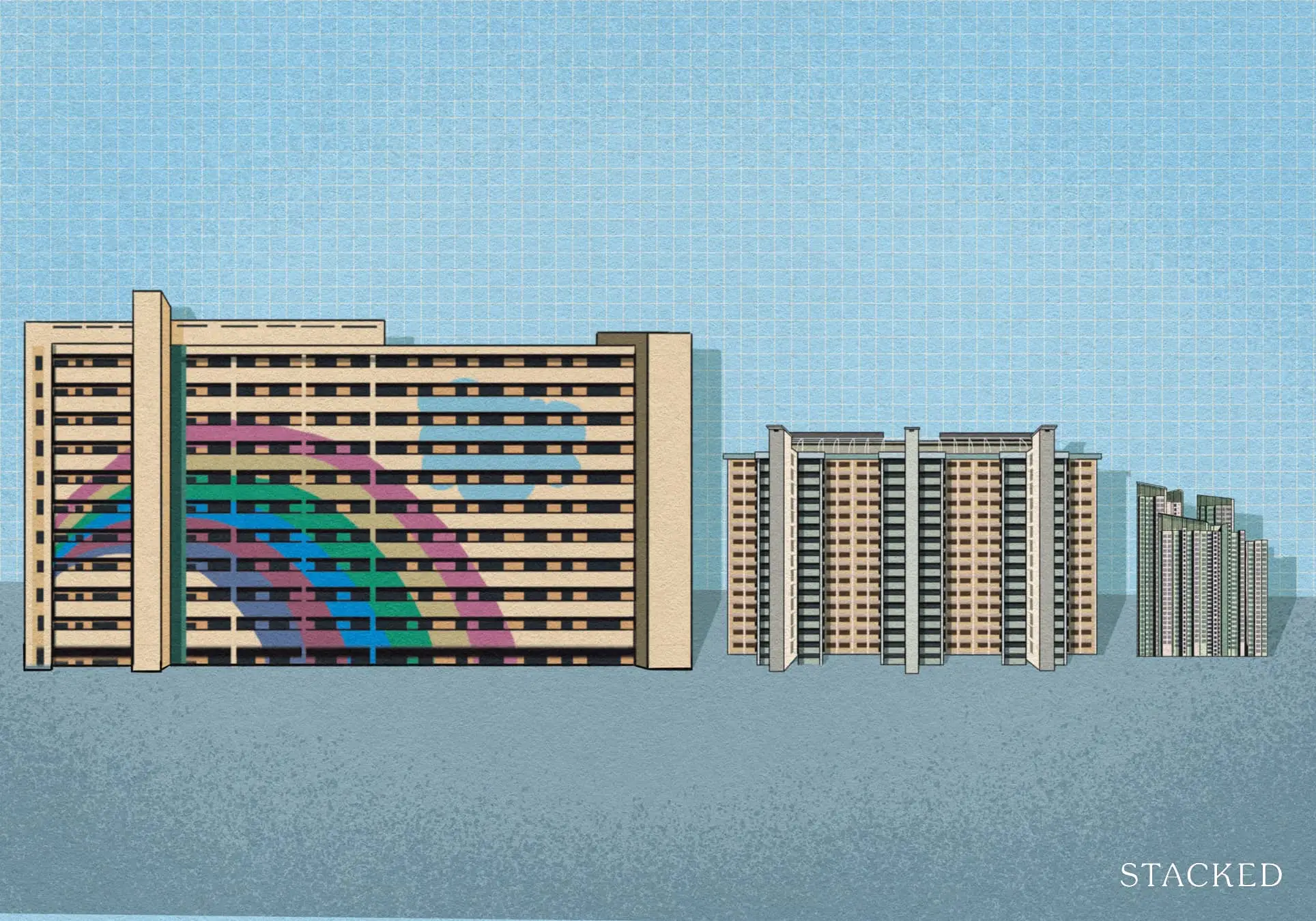
Singapore Property News HDB Resale Prices Finally Slowed in 2025 — Will It Continue in 2026?
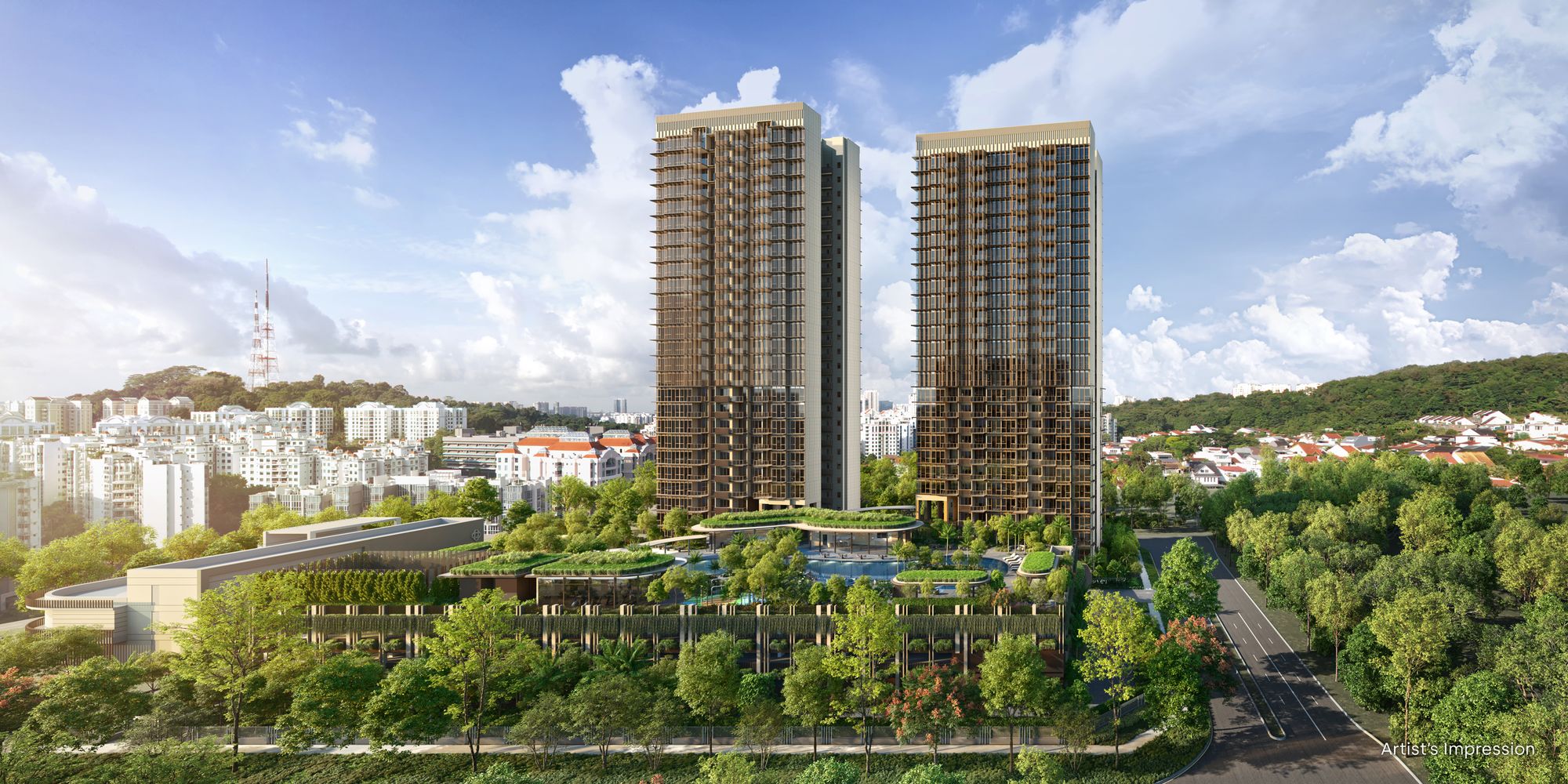
Singapore Property News Breaking News: District 23 Condo Sells Out In Under Two Years At $2,120 Psf Average
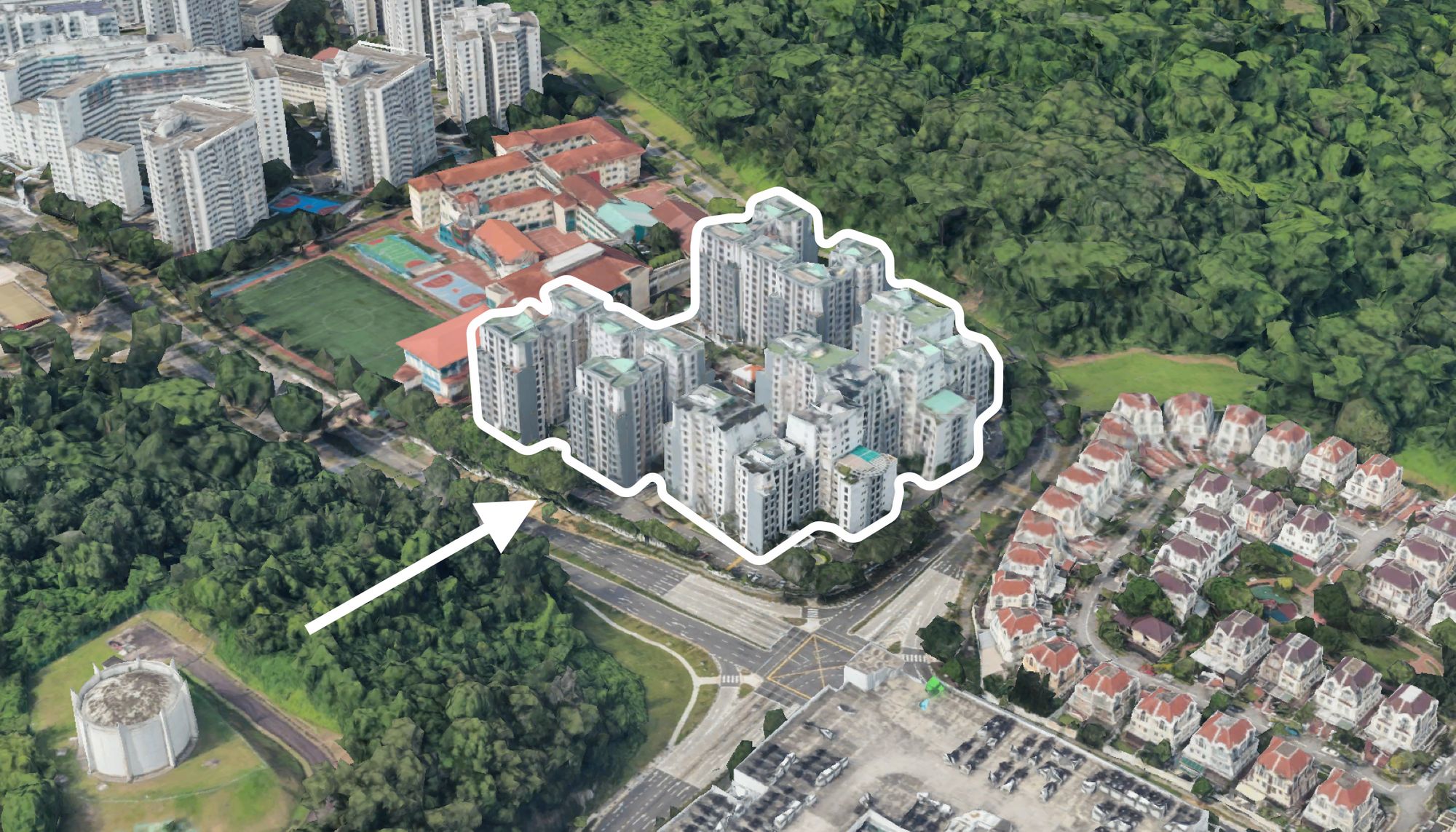
On The Market Here Are The Cheapest 3-Bedroom Condos in Central Singapore You Can Still Buy From $1.15M
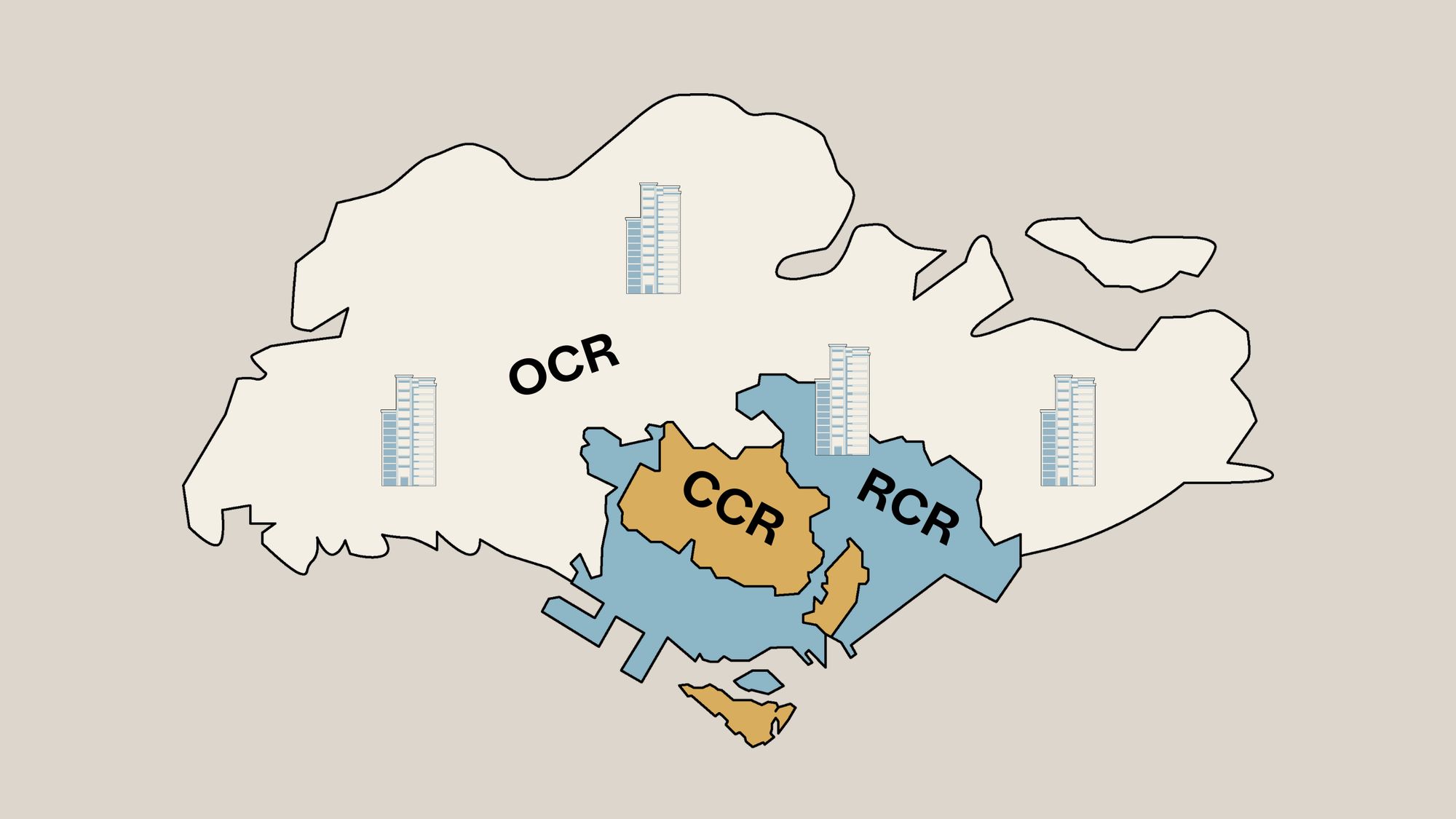
Property Market Commentary Why The Singapore Property Market Will Be Different In 2026 — And It’s Not Just About Prices
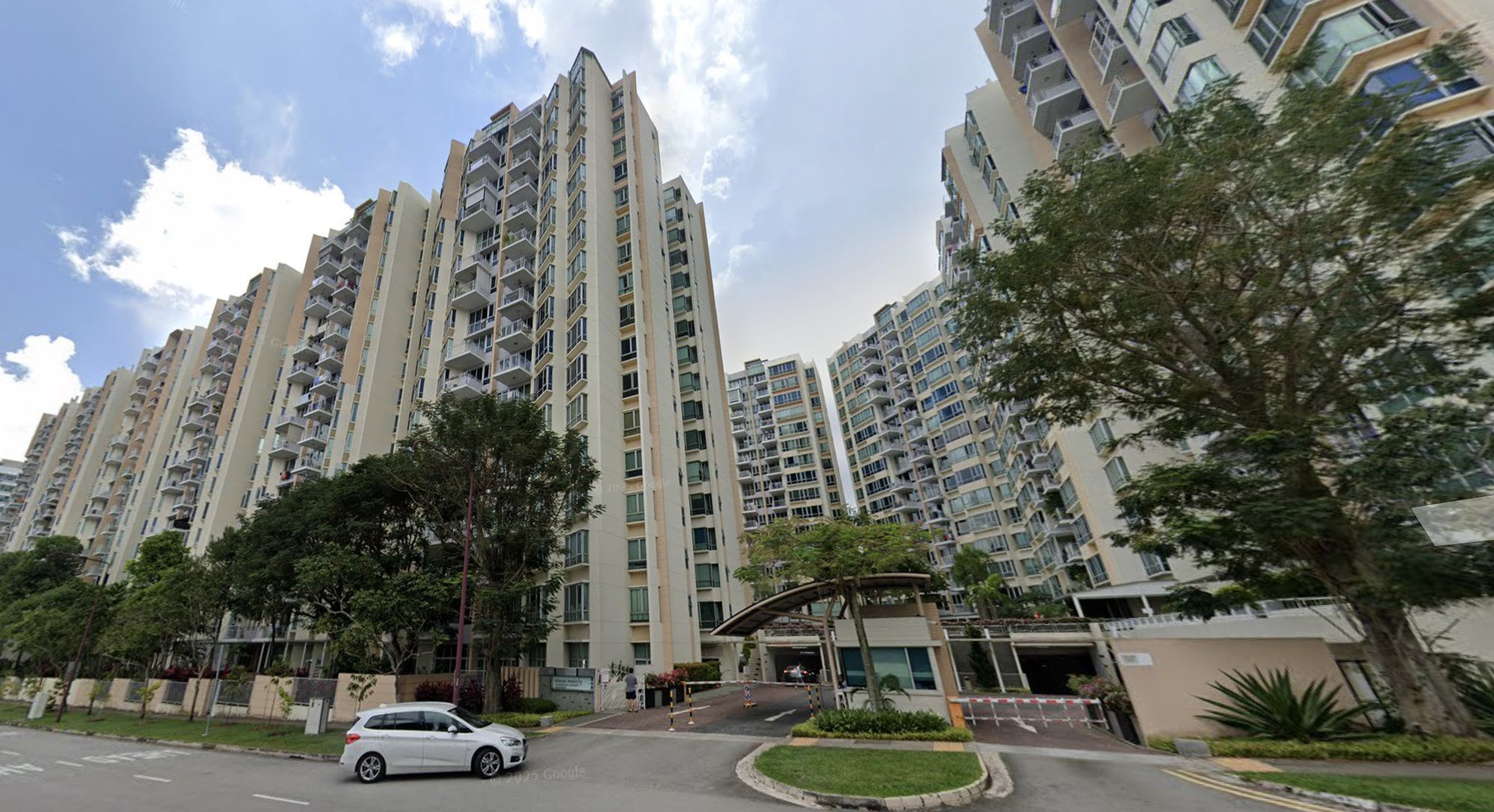
Pro This 21-Year-Old Condo Didn’t Sell Out Initially, Yet Became A Top Performer

Singapore Property News Why More Land Doesn’t Automatically Fix Housing In Singapore
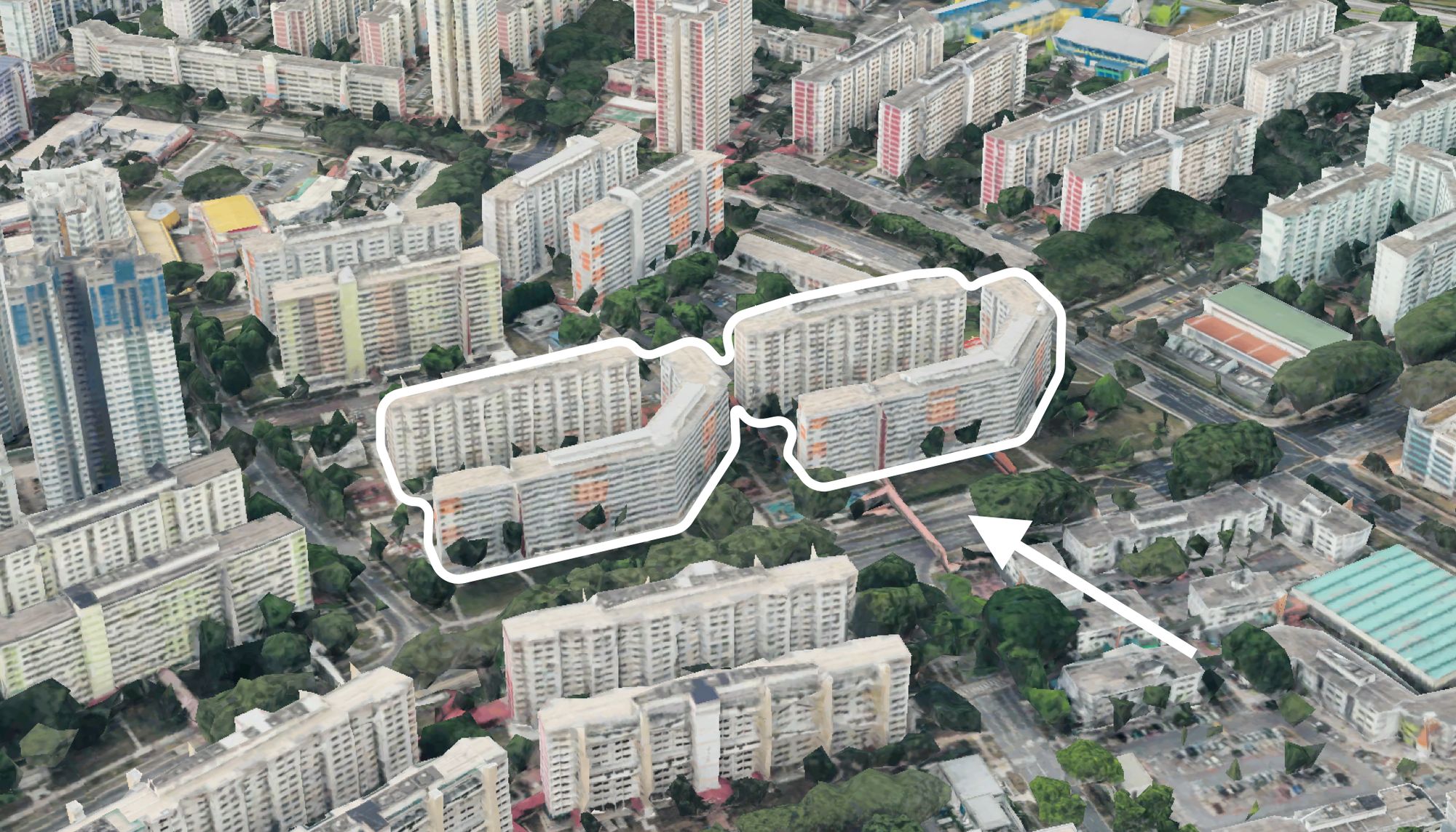
On The Market Here Are The Cheapest 4-Room HDB Flats in Central Singapore You Can Still Buy From $490K
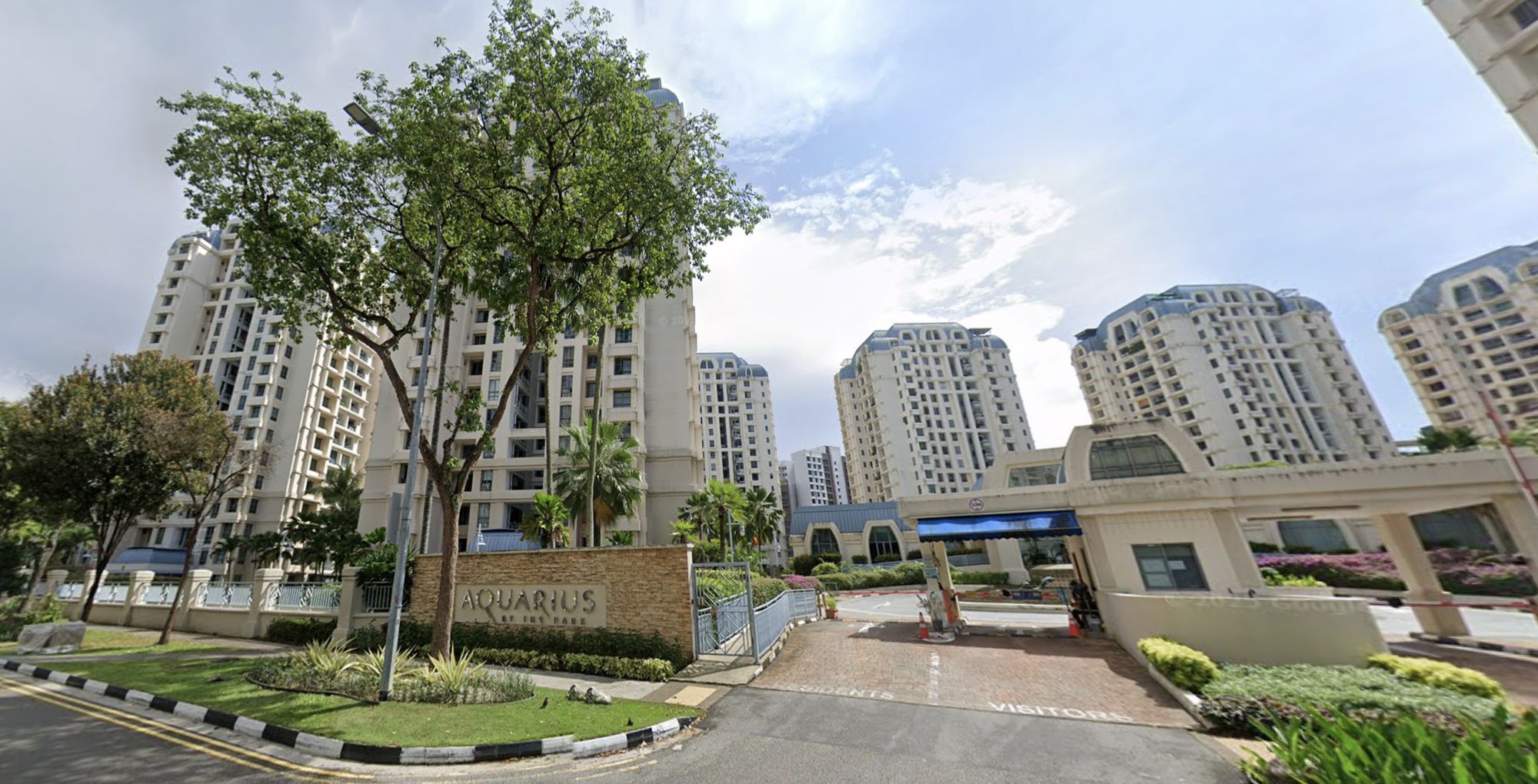
Pro How A Once “Ulu” Condo Launched In 1997 Became A Top Performer
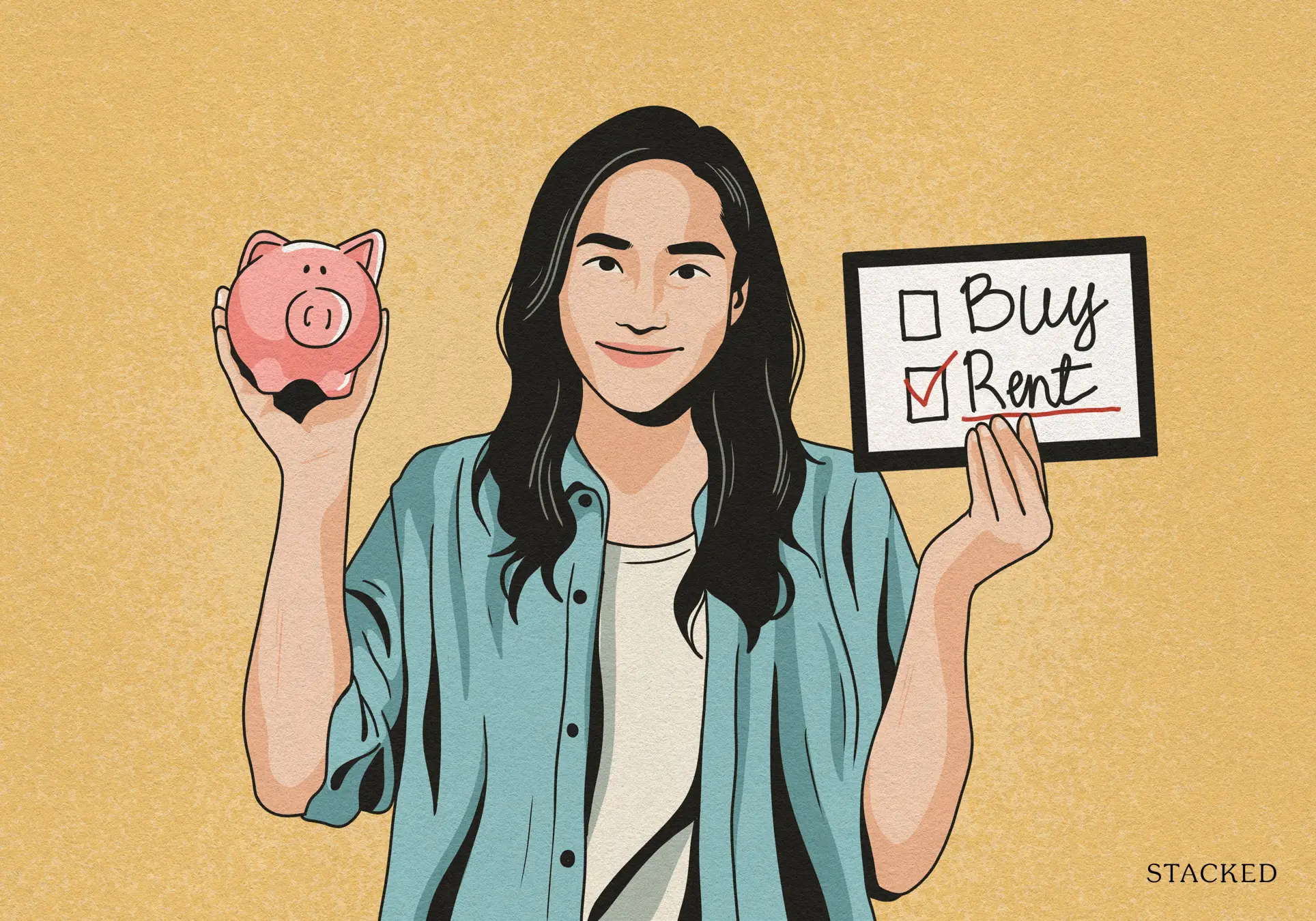
Property Market Commentary When Renting In Singapore Is The Smarter Move — And Buying Can Wait


